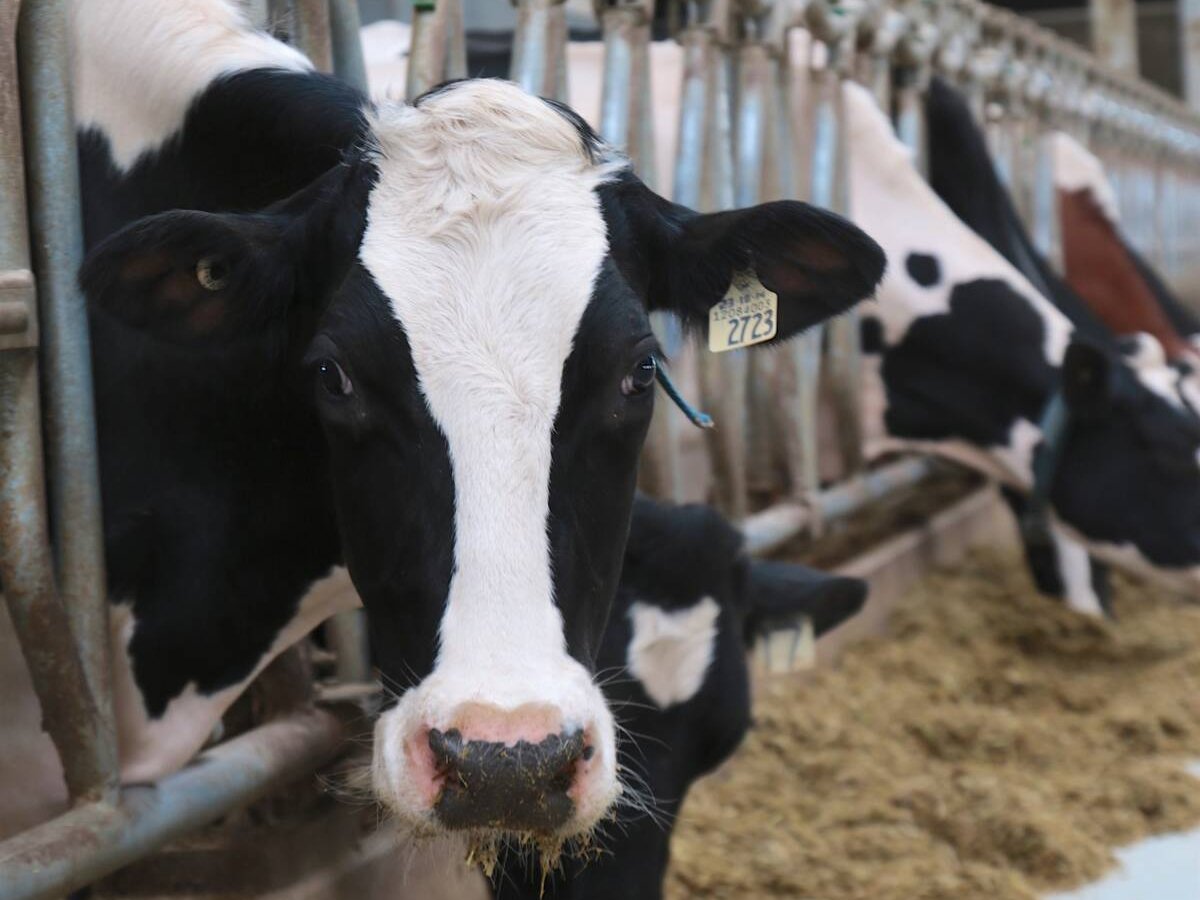WINNIPEG – Within a month, a new “business plan” for Canadian agriculture should be sitting on the desks of farm industry officials across the country.
It will be the product of two days of discussion, debate and decision making by more than 600 farmers, processors, bureaucrats, business people and academics attending a federally-sponsored conference here last week.
While a number of the farm leaders expressed reservations about the process, agriculture minster Ralph Goodale was quick to proclaim the so-called Excellence Conference a success.
Wide range of input
Read Also

The Organization for Economic Co-operation and Development lauds Canada’s low farm subsidies, criticizes supply management
The Organization for Economic Co-operation and Development lauded Canada’s low farm subsidies, criticized supply management in its global survey of farm support programs.
“People are leaving with a very positive feeling about themselves and about the potential that this industry has for the future,” he told reporters, saying the conference brought together a “solid cross-section of experience and expertise” from all facets of agriculture.
“One of the fundamental messages that flows from this conference is a real spirit of teamwork and partnership as we tackle a wide variety of issues that are on the agriculture and agri-food agenda,” he said.
The conference was designed to find out what people in the industry think should be done in a range of crucial policy areas, including trade and market development, regulation, cost recovery, research and development, and rural development. The meeting was the culmination of a series of regional round-table meetings held across the country last year.
The fact that farmers and farm officials were in the minority left many farmers uneasy about the process and the outcome.
But one Nova Scotia producer said he thought it was a useful exercise for all concerned.
“I came with cynicism and skepticism, I leave with hope,” vegetable grower Glenn Ells told the conference’s wrap-up session. At the same time, he said, all the positive talk and goodwill won’t mean much if it doesn’t produce results that benefit farmers.
“The most important part of this conference is what happens after we get home,” he said.
Participants used a computerized voting system to rank the relative importance of 36 policy objectives, which had been culled from 12 discussion groups.
At the top of the list was reducing interprovincial and international trade barriers, followed by maintaining government funding for core research, and the consistent application and enforcement of regulations.
There was lots of talk about value-added and the need for strategic alliances.
Improving competitiveness was a favorite theme, as was the need to simplify and streamline regulations, although it was clear that some of those broad terms meant different things to different people.














